Multi-Dimensionality of Conflicts
During my MA in Leadership I enjoyed diving into theories that helped me understand why conflicts are so complex and multi-dimensional. One dimension I explored in depth was the binary gender construct defined by the concept of “hegemonic masculinity" and how that has an influence on perpetuating violence and conflict in our societies.
To unpack this a little, hegemonic masculinity is related to particular ways of representing and using men's body can be in the way of peace building and conflict transformation. There is a cultural assumption that men have to be tough, risk-taking and hard. In my experience many men find it hard to really connect to their own bodies, feel, be sensitive and relax so they can be present. That’s not how most men were taught as boys. During a conflict this can lead to numbing, distancing oneself from the conflict, losing the ability to empathically connect - which is essential abilities for conflict transformation. As a conflict mediator and facilitator this is important for me to pay attention to and gently invite people to ground and reconnect.
On a larger scale, hegemonic masculinity is perpetuated by how socialized disembodiment constantly involves the institutions with most privilege. Researchers Donaldson and Poynting's (2004) study of ruling class men's daily lives shows "how their characteristic sports, leisure, and eating practices deploy their wealth and establish relations of distance and dominance over other men's bodies" and I would just say other people’s bodies in general. It is like reproducing war at its absence in different cultural activities becomes a culture that perpetuates violence and oppression. Look at the glorification of violence and aggression in movies or sports. And that reproduction of war has shaped our social structures and systems, where so often it’s about winning or loosing, for example in the way the justice system or government operate.
When it gets really complex it is very helpful to visualize. I often create a conflict map that shows the actors, the nature of their relationships to each other, the direction of power and influence, the issues or topics they are in conflict. Supporting a person involved in getting things on paper helps with making a very subjective experience a little more objective and therefore easier to gain some distance, a bigger perspective and possibly new insights. It also helps with letting go of some of the emotional investment that comes with conflicts, which in turn can help relax the nervous system and access more of our creative brain which gets shut down during conflicts.
